Our History





The Town of Ashland's ideal location midway between Boston and Worcester provides easy access to the interstate highway system and the Massachusetts Turnpike. Ashland was, in earlier times, a stopping point on a major Indian trail which later became known as the Bay Path, connecting Cambridge and Connecticut. It was here that a community of Natick Indians was established as the Village of Magunkaquog in about 1659. Once the original starting point of the world famous Boston Marathon, which still runs through Ashland, the town is also known as “CLOCK TOWN” the site of Henry Warren's invention of the electric clock, later manufactured here under the Telechron name.
Henry Ellis Warren enjoyed experimenting with and designing electric clocks and applied for his first patent in 1908. It was granted as #927,907 on July 13, 1909 and titled “Electric Apparatus for Driving Clock or Similar Mechanisms.” It covers a battery driven pendulum clock where an electromagnet impulses the pendulum. Warren made many improvements to his design, and received at least six more patents about electro-magnetically pulsed pendulum clocks. His work with electric clocks had started as hobby, and in 1912 he formed the Warren Clock Company but kept his regular job as superintendent of a manufacturing company. In the next few years, a small number of Warren's electrical pendulum clocks were marketed.
In 1916 Mr. Warren recognized the inadequacy of battery powered clocks, and began exploring other possibilities. He desired a simple system which would have universal
application, and considered the two great networks which were then available: the telephone system and the electric light and power lines. The electric network appealed to him strongly because it not only carried enough power to drive clocks, but it contained timing information carried by current reversals. At that time, 90% of electric power was “alternating current” (A/C) which reverses direction many times each second.
By the summer of 1916 Mr. Warren had developed an A/C powered synchronous motor suitable for driving clocks. The term “synchronous” comes from two Greek words meaning “equal time”. This motor stays in step with the reversals or alternations of the A/C current. These motors are inefficient, but develop more than adequate power to drive a clock.
After developing a clock motor, Warren's next task was the regulation of the alternations of the A/C current. A/C power in the United States is referred to as “60 cycles per second” or “60 Hertz” power because the current reverses direction 120 times each second, and each pair of reversals is called a “cycle”. (In the early days, some power systems in the US used a frequency other than 60 cycles per second). In 1916 the number of cycles per second was not well controlled (there was no reason for it to be) and thus Warren's electric clocks had errors of up to 20 minutes per day!
ASHLAND
MASSACHUSETTS
“Clock Town”
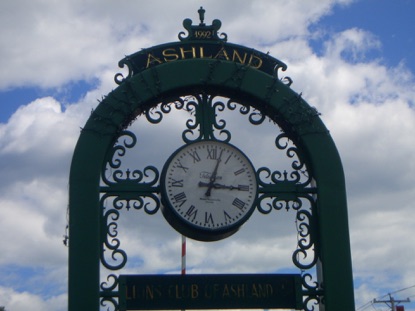
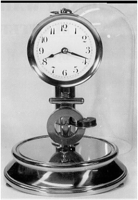

<<<<<< GENERAL ELECTRIC TELECHRON CLOCK MARKETED TO RESEMBLE THEIR POPULAR REFRIGERATOR LINE,
MANUFACTURED IN ASHLAND AND DESIGNED BY OUR FOUNDER ...GEORGE LENTROS. FEATURING INNOVATIVE “PAPER” GEARS THAT WERE SELF LUBRICATING AND SILENT FOR LIFE TIME PERFORMANCE.....FORMICA IS DERIVED FROM THIS DEVELOPMENT.
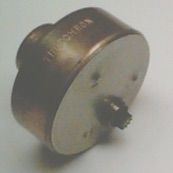
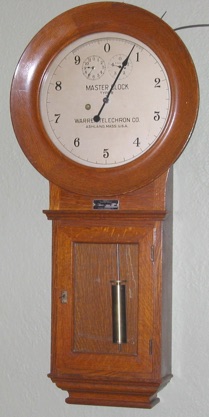
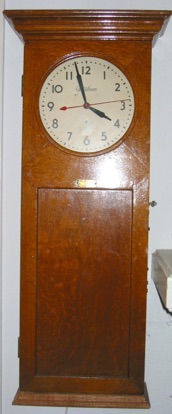
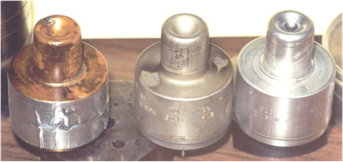
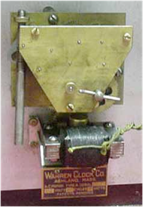
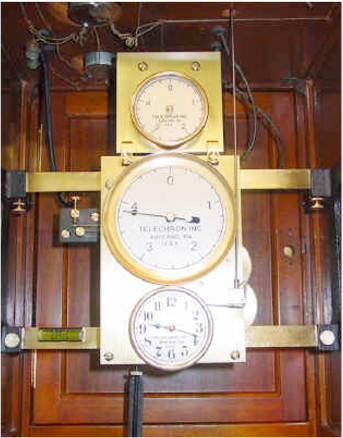
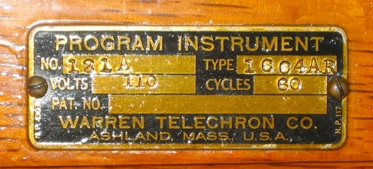

LENTROS ENGINEERING has always been an engineering firm that uses our vast background to build complex components. In 1926, Warren's firm became known as Warren Telechron Company, and in 1946 the firm's name was changed to Telechron, Inc. In 1951, the firm was merged with General Electric which had owned an interest in the firm for some years. By 1955, General Electric's trade catalogs called some clock models "General Electric Telechron" and the trademark "Telechron" has been used on some General Electric models through the present day. When Henry Warren’s estate sold the rights to the Telechron patents to General Electric, George Lentros took over control of the lab that he ran for so many years and Lentros Engineering was born.
To solve the problem, two things were necessary: an instrument that could conveniently be used by power station attendants for regulating the frequency of the alternations; and second, creation of a state of mind among the power company managers that would justify them in giving this new service to the public. It took Warren only a few months to design and build a satisfactory master clock, but several years to convince the power companies to adopt his master clocks.
Mr. Warren applied for a patent on Aug. 21, 1916. This patent was granted on Oct. 29, 1918 as #1,283,431. It describes a system where the time on a synchronous clock is compared to the time on a standard regulator, and a control means for correcting the speed of the generator so the average speed is 60 cycles per second, thus keeping all synchronous clocks on the power line on the correct time.
LENTROS ENGINEERING was founded in 1960 and drew it’s origins from the experimental
laboratory for Warren Telechron and Lombard Governor. Our Founder George P. Lentros served as the Chief Electro-Mechanical Development Engineer for both companies for 25 years. He was tasked with designing and modifying designs for all of the precision timing motors, electric clocks and even torpedoes.
It was in this Lab that the self starting synchronous motor was developed and thus the basis for the electric clock was born. With Warren Telechron working on the clock designs and Lombard Governor providing the control systems for steam driven power plants the viability of an accurate electric clock was ultimately achieved
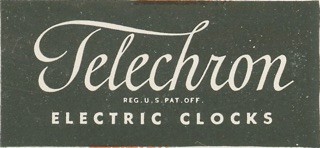
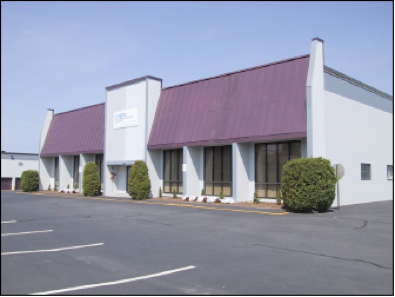

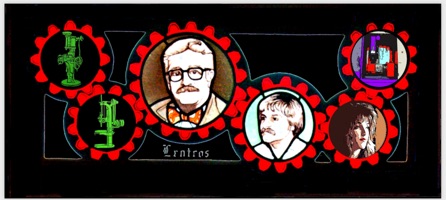

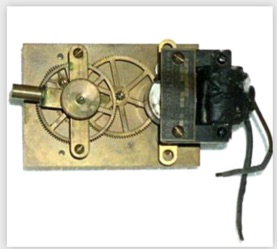

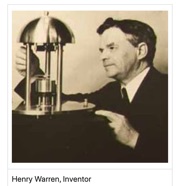
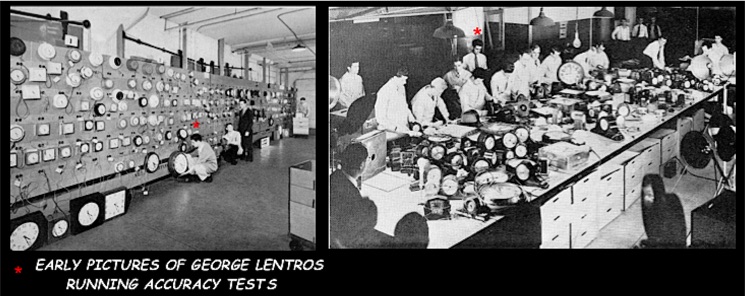
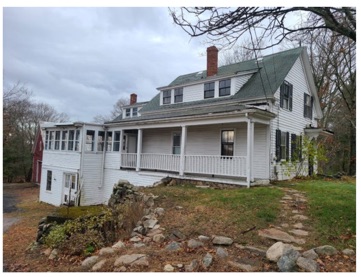

From humble beginnings in the cellar of a home on Chestnut Street in Ashland the company grew steadily over the years, specializing in custom components for various industries. We continue to be an Engineering firm that specializes in both electrical and mechanical components with the emphasis on design and manufacturing improvement.